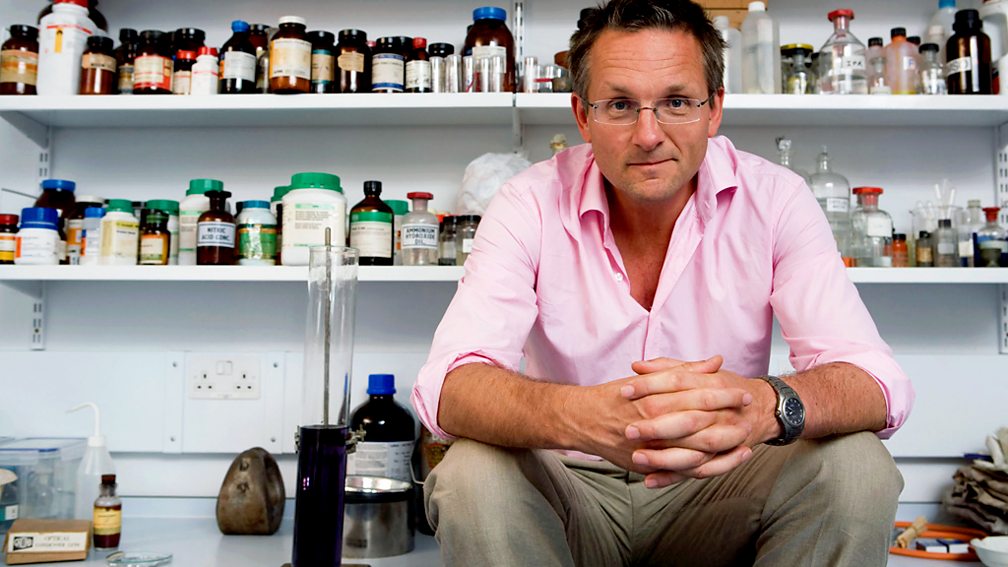The Story of Science episode 4 – Can We Have Unlimited Power? – We are the most power-hungry generation that has ever lived. This film tells the story of how that power has been harnessed – from wind, steam and from inside the atom. In the early years the drive for new sources of power was led by practical men who wanted to make money.
Their inventions and ideas created fortunes and changed the course of history, but it took centuries for science to catch up, to explain what power is, rather than simply what it does. This search revealed fundamental laws of nature which apply across the universe, including the most famous equation in all of science, e=mc2.
Michael Mosley takes an informative and ambitious journey exploring how the evolution of scientific understanding is intimately interwoven with society’s historical path.
The Story of Science episode 4 – Can We Have Unlimited Power?
Science (from the Latin word scientia, meaning “knowledge”) is a systematic enterprise that builds and organizes knowledge in the form of testable explanations and predictions about the universe.
The earliest roots of science can be traced to Ancient Egypt and Mesopotamia in around 3500 to 3000 BCE. Their contributions to mathematics, astronomy, and medicine entered and shaped Greek natural philosophy of classical antiquity, whereby formal attempts were made to provide explanations of events in the physical world based on natural causes. After the fall of the Western Roman Empire, knowledge of Greek conceptions of the world deteriorated in Western Europe during the early centuries (400 to 1000 CE) of the Middle Ages but was preserved in the Muslim world during the Islamic Golden Age.
The recovery and assimilation of Greek works and Islamic inquiries into Western Europe from the 10th to 13th century revived “natural philosophy”, which was later transformed by the Scientific Revolution that began in the 16th century as new ideas and discoveries departed from previous Greek conceptions and traditions. The scientific method soon played a greater role in knowledge creation and it was not until the 19th century that many of the institutional and professional features of science began to take shape; along with the changing of “natural philosophy” to “natural science.”
Mass–energy equivalence
Mass–energy equivalence states that all objects having mass, called massive objects, also have corresponding intrinsic energy, even when they are stationary. In the rest frame of an object, where by definition it is motionless and so has no momentum, the mass and energy are equivalent and they differ only by a constant, the speed of light squared. In Newtonian mechanics, a motionless body has no kinetic energy, and it may or may not have other amounts of internal stored energy, like chemical energy or thermal energy, in addition to any potential energy it may have from its position in a field of force.
These energies tend to be much smaller than the mass of the object multiplied by the speed of light squared, which is on the order of 1019 Joules for a mass of one kilogram. Due to this principle, the mass of the atoms that come out of a nuclear reaction is less than the mass of the atoms that go in, and the difference in mass shows up as heat and light with the same equivalent energy as the difference. In analyzing these explosions, Einstein’s formula can be used with E as the energy released and removed, and m as the change in mass.





Pingback: The Story of Science episode 5 - What Is the Secret of Life? — HDclump